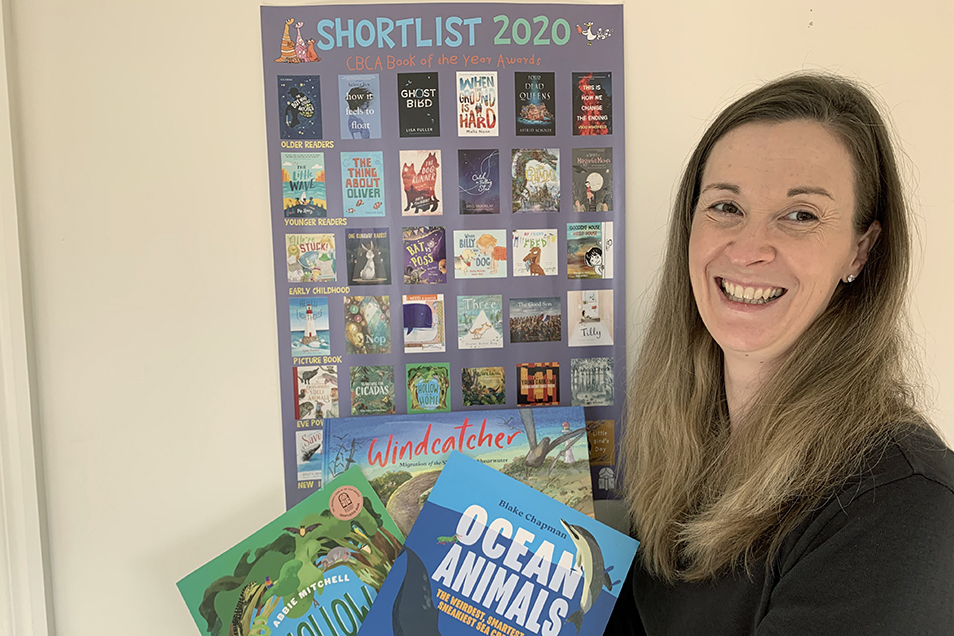
Want to learn about publishing children’s science books? CSIRO Publisher Briana Melideo can help! (Photo: Briana Melideo)
Ever thought you might want to write a children’s book? It’s more complicated than you may think! We spoke to CSIRO Publishing Books Publisher Briana Melideo about the history of our children’s books list and how to stand out as an author.
Why did CSIRO Publishing start a children’s books list?
We were keen to expand our list, and children’s books seemed a natural fit. Especially as we were already publishing Double Helix, a children’s science magazine.
We were also aware of the importance and benefits of younger readers enjoying science. Science is filled with wonder, discovery and adventure. We sought to showcase those stories to children, to spark their interest and curiosity, and create an engagement with science that will last well into their adult life.
How did your first children’s book come about?
The first children’s book we published was Phasmid: Saving the Lord Howe Island Stick Insect by Rohan Cleave and illustrated by Coral Tulloch. The manuscript met all of our criteria – endangered species recovery, collaborative efforts, Australian science – except that it was a children’s book, and we didn’t publish children’s titles. Receiving this manuscript definitely played an important role in developing a children’s publishing strategy. There was a lot more thought to the plan than just that, but fundamentally there was huge support to develop a children’s book list.
What sort of books do you look for?
Our focus is on non-fiction titles for primary school readers. These can be narrative non-fiction picture books, or more comprehensive chapter and reference titles for older readers. Every book has to be fun, engaging and accurate.
Non-fiction is on the rise for both adults and children. For adults, it has been seen as a push for facts and accuracy in a post-truth world. Children’s books, in general, are stable and non-fiction is a strong growth area. Science non-fiction is our core area across our entire list – so we’re sticking to our strengths.
Some themes could be viewed as challenging, such as extinction, climate and our environmental impact. But we embrace these, as these are issues children are facing, and children are a critical part of the solution.
If you’re interested in becoming a children’s books author yourself, head to the For Authors page on our website to find out more. Don’t forget to check out our children’s books while you’re there!
For the full version of this article head on over to our CSIRO Publishing blog.

